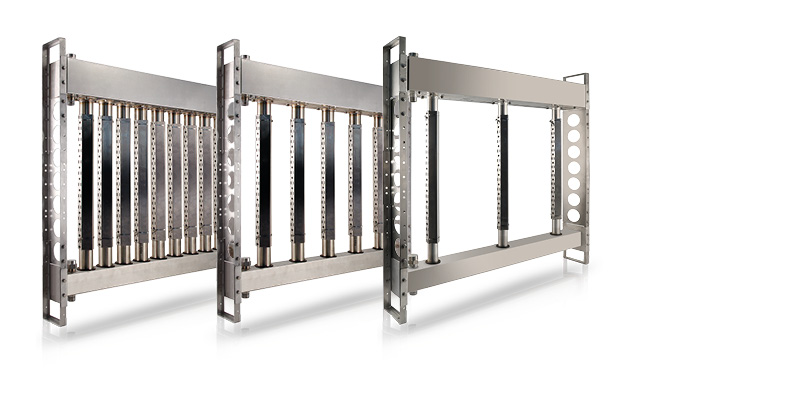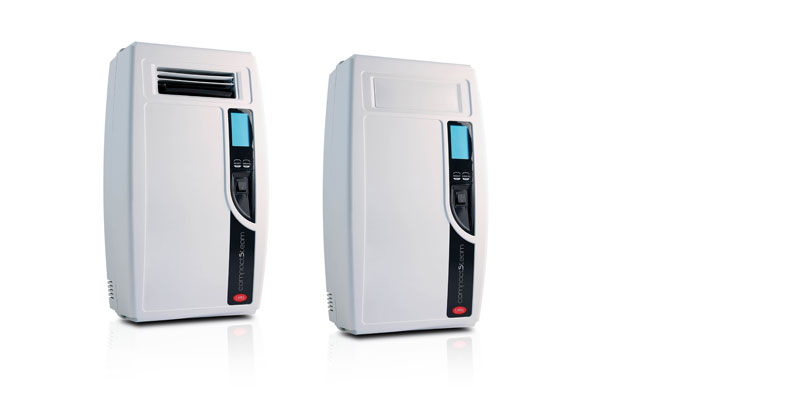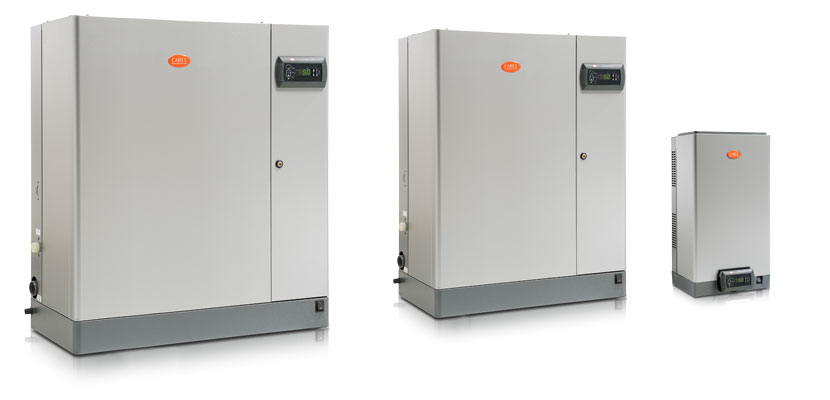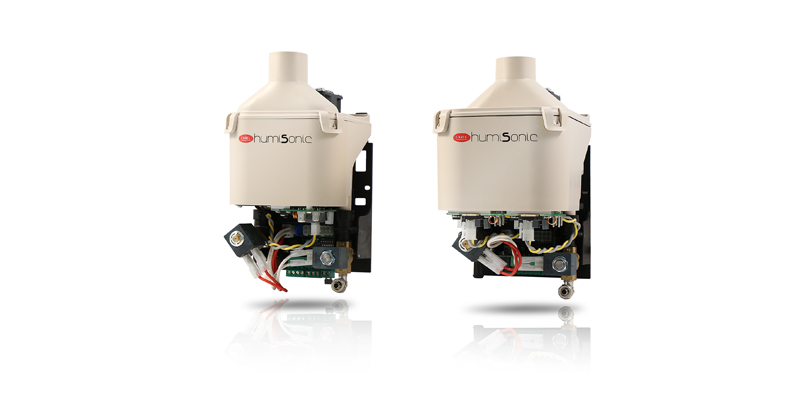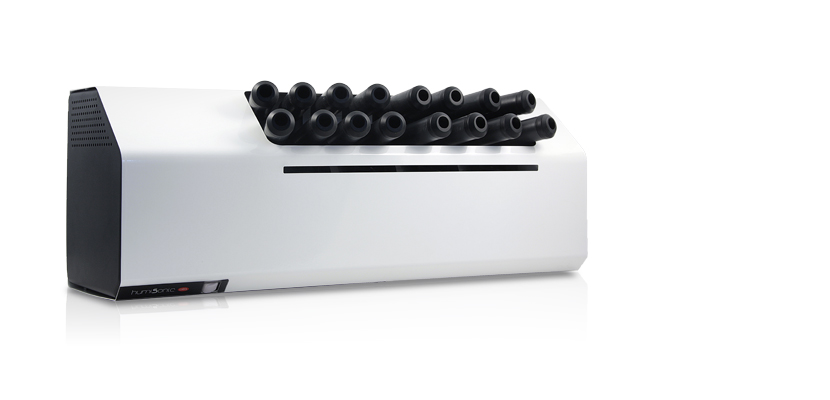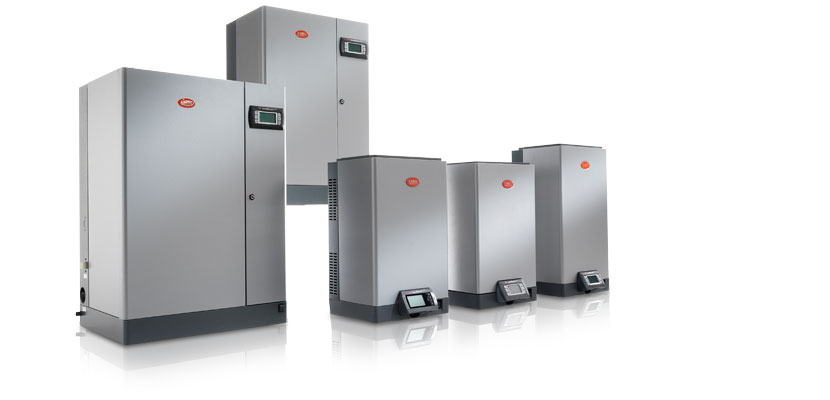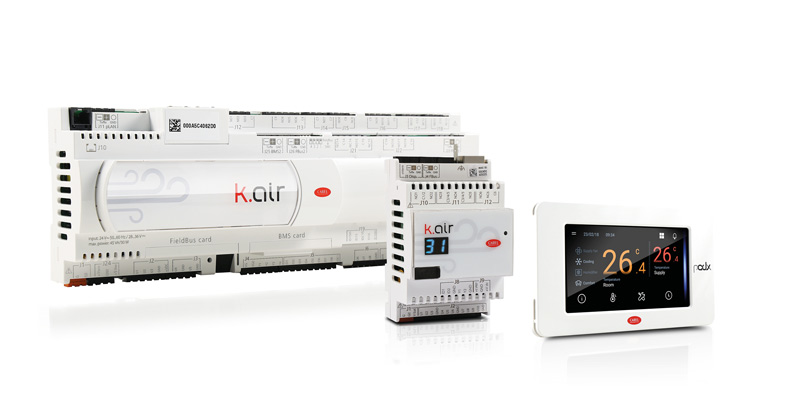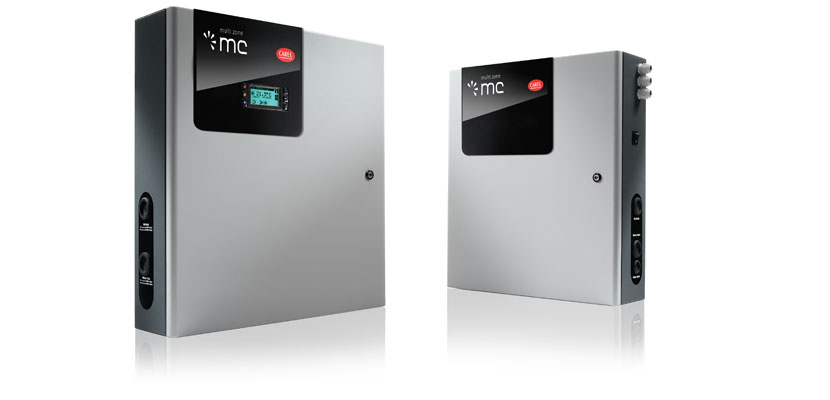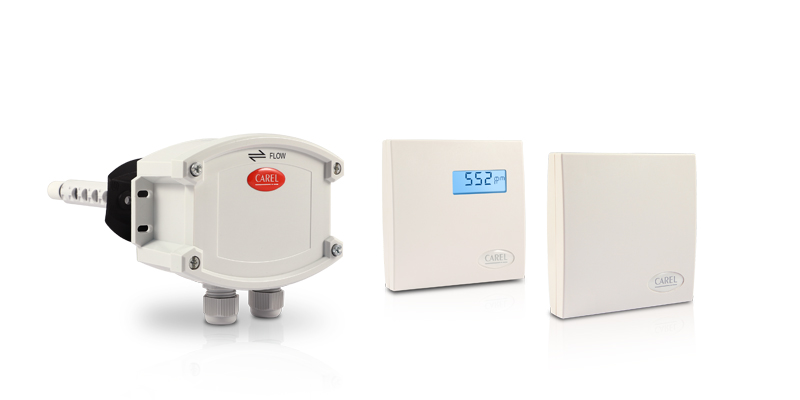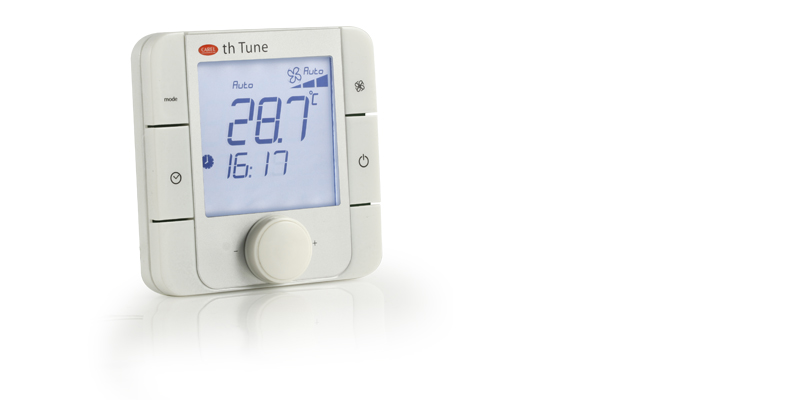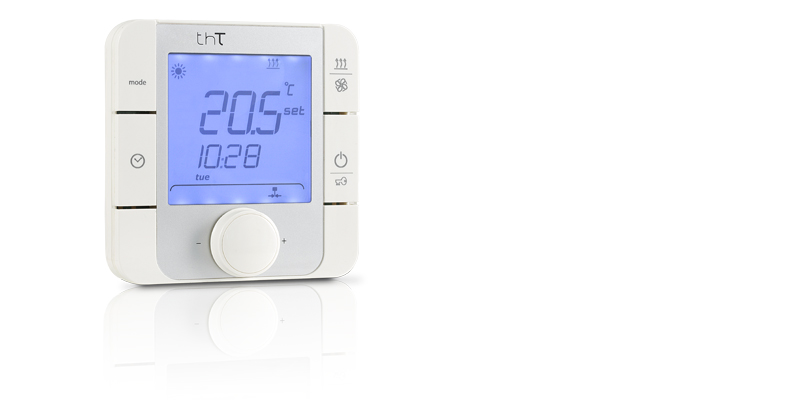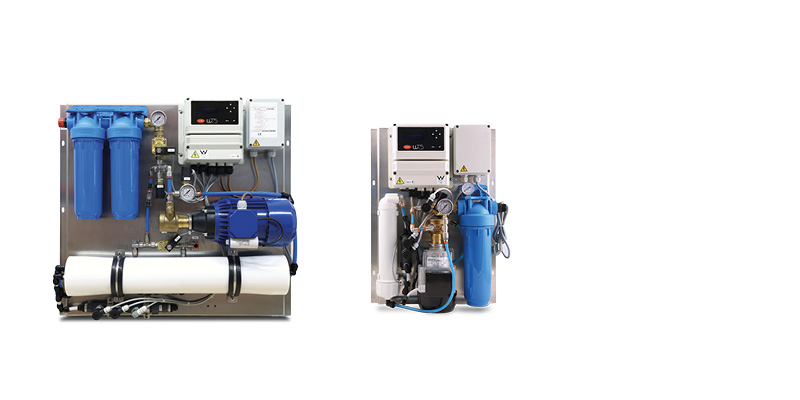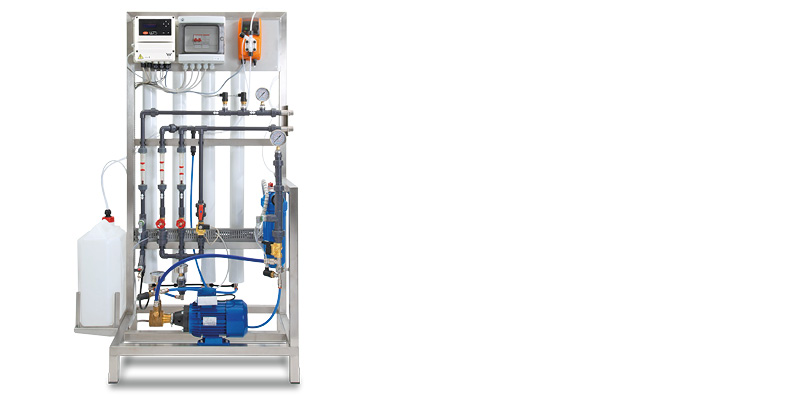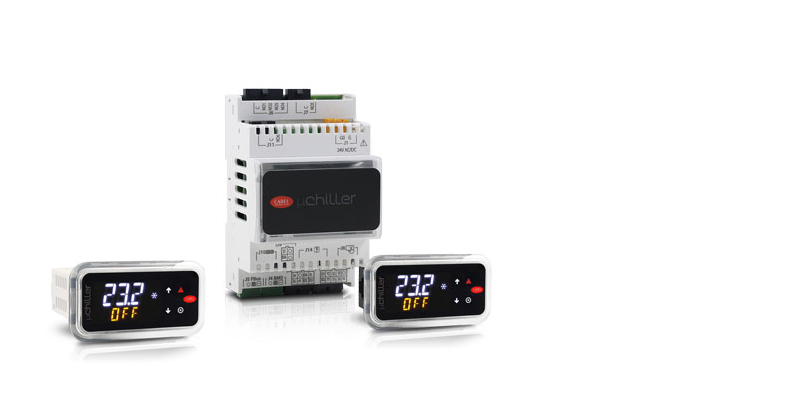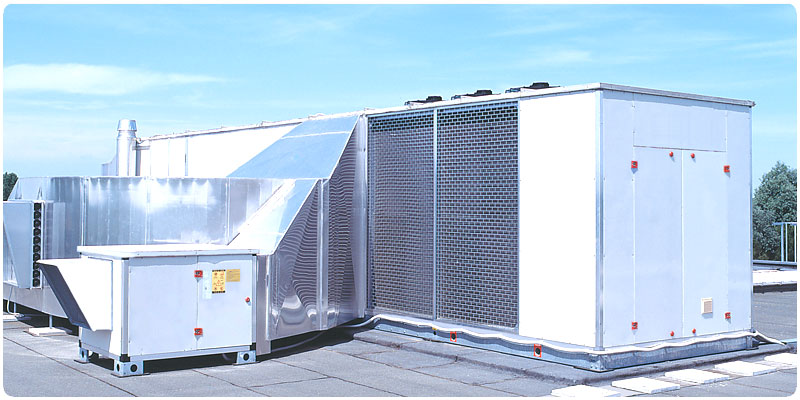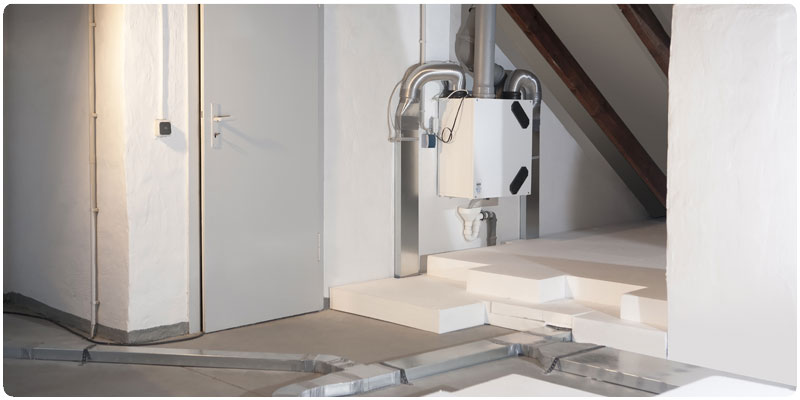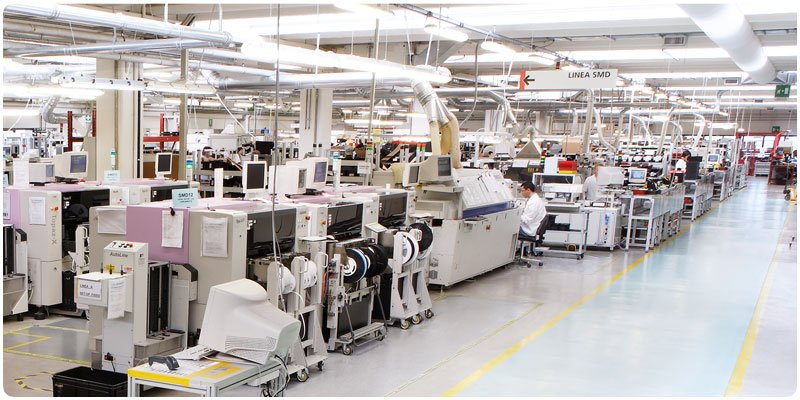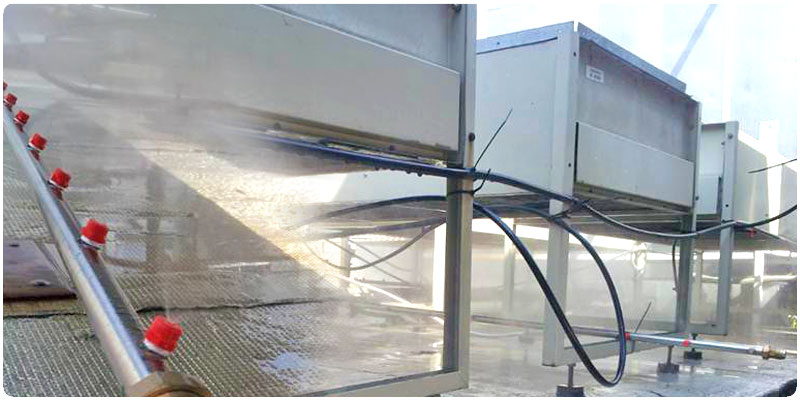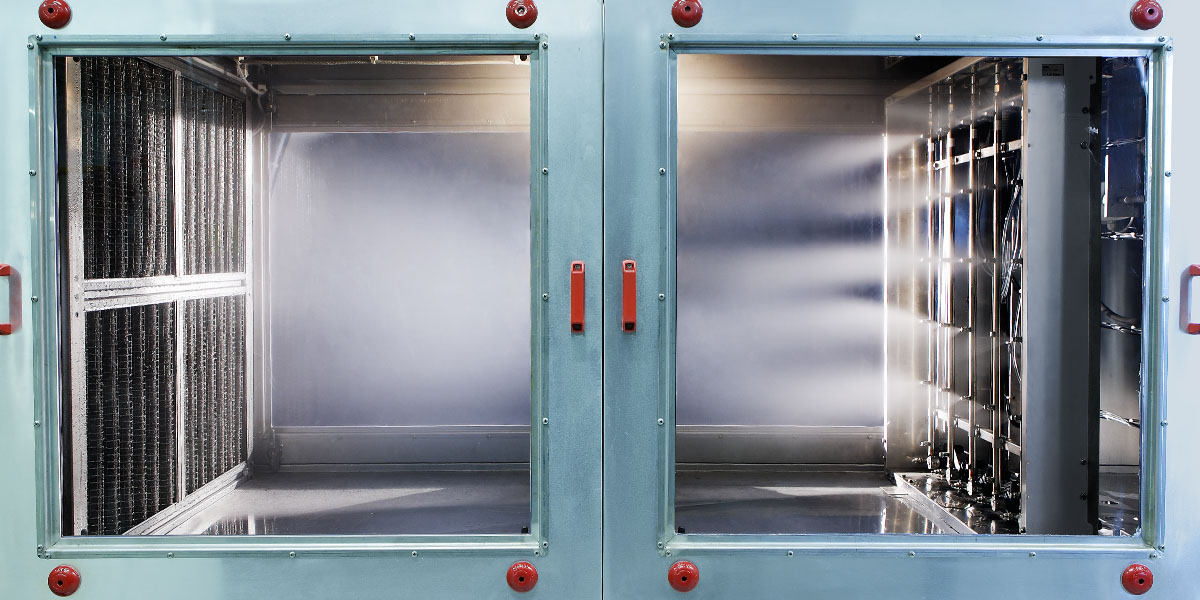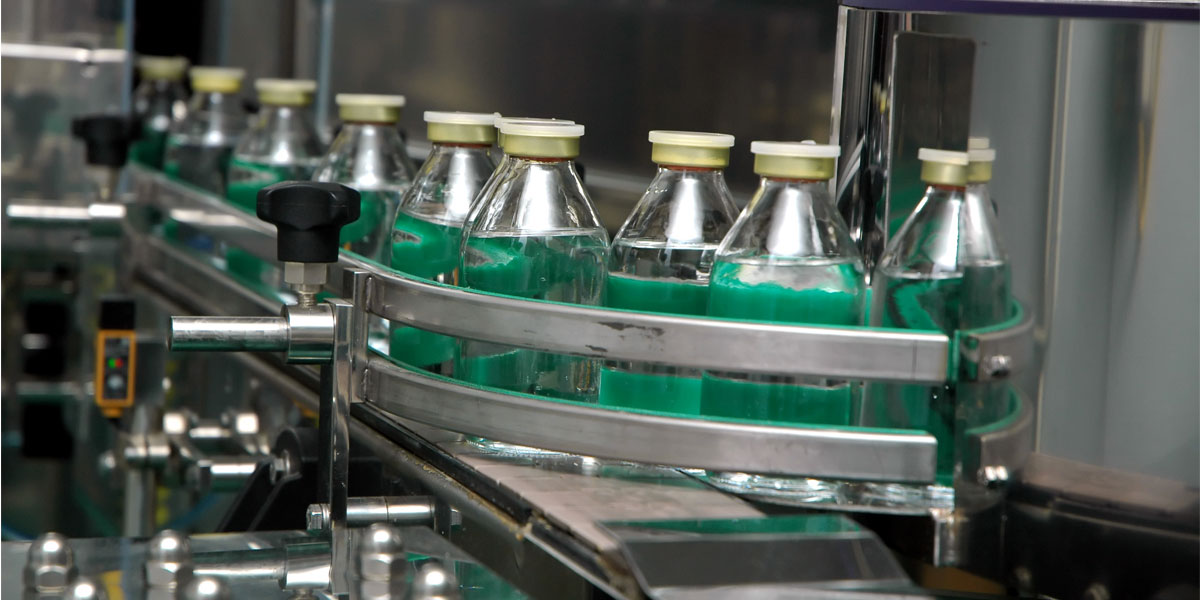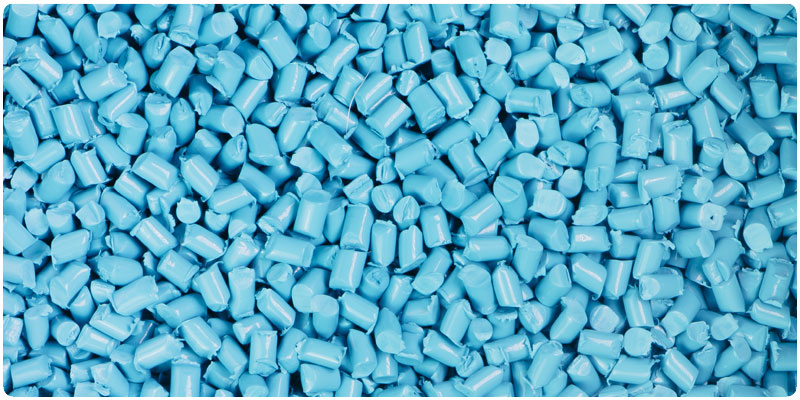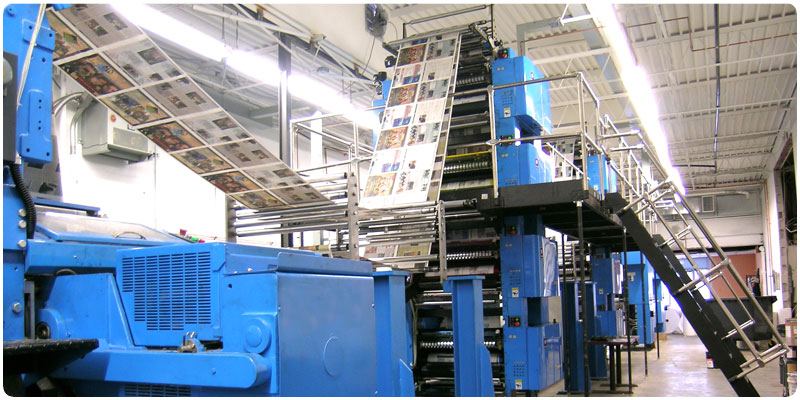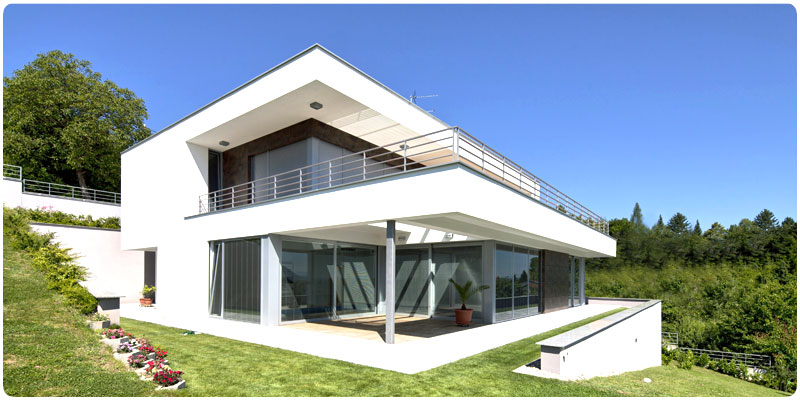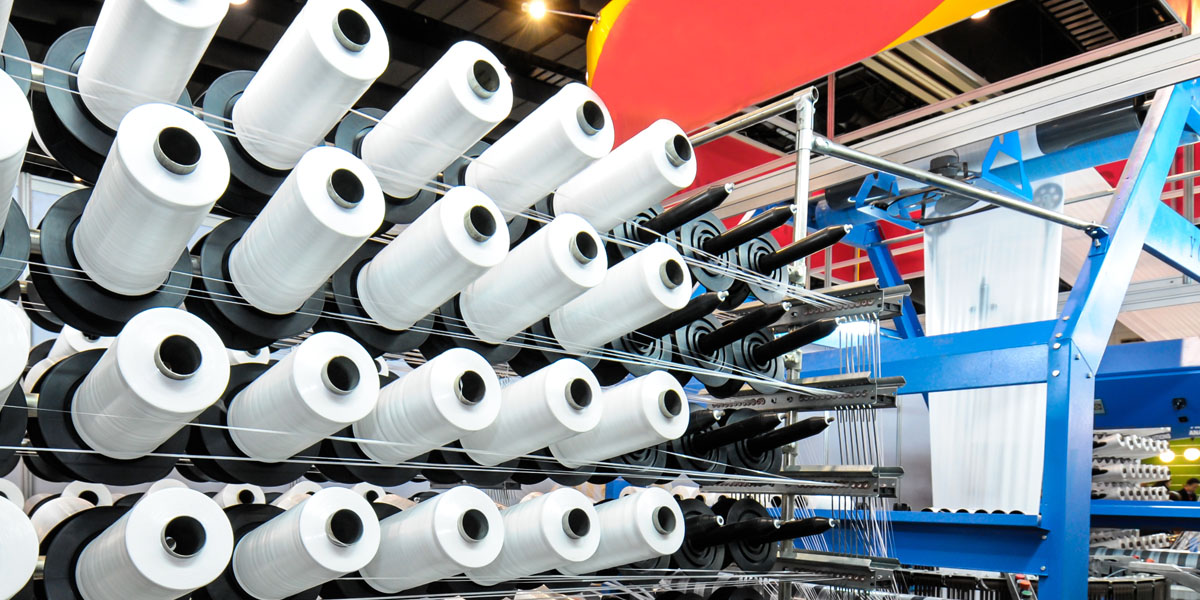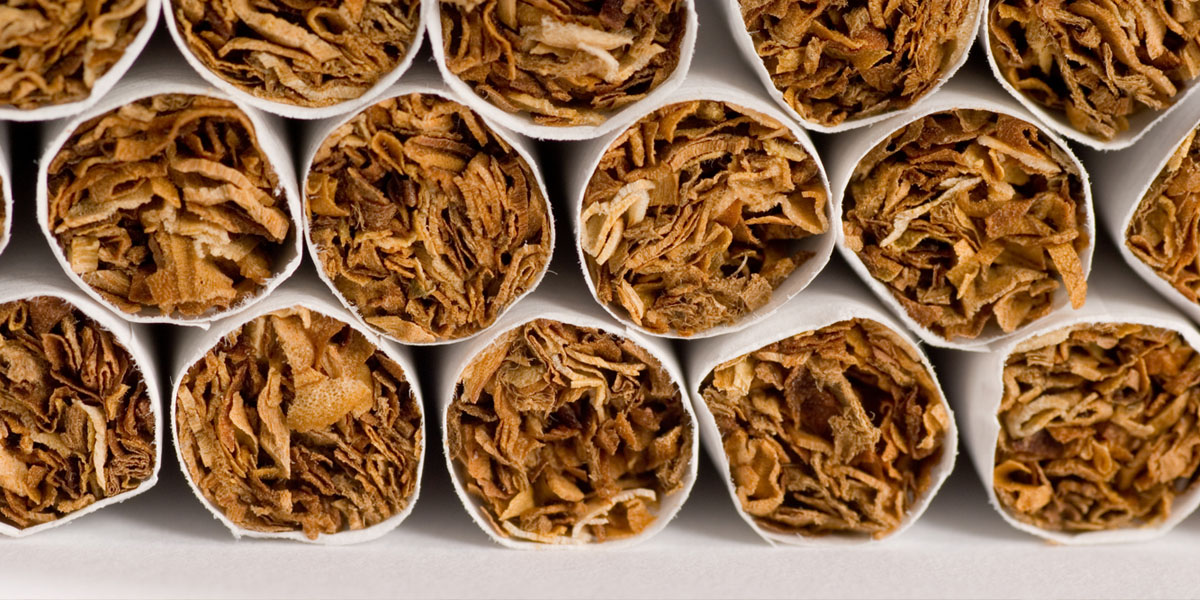Offices
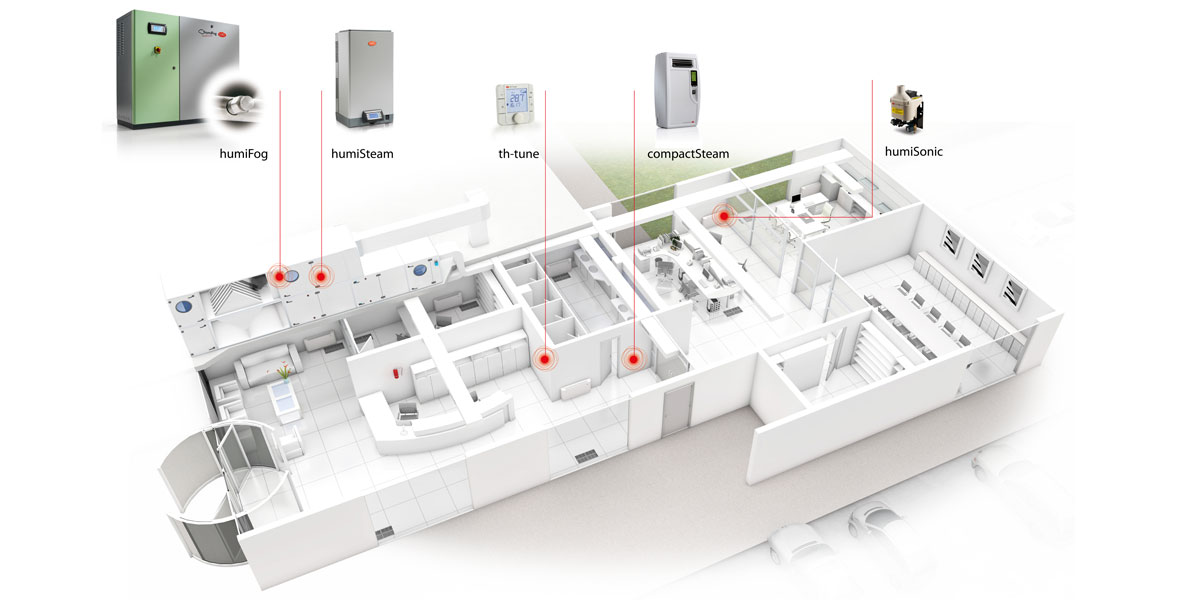

-
General characteristics
The right level of humidity in rooms affects the level of comfort perceived by people and reduces the risk of respiratory illnesses. Humidification is generally required during the winter period, as heating systems "dry" the air, causing dry throat, chapped skin and lips and sore eyes. Comfort depends on the relative humidity: in winter, even if there is fog outside (100% relative humidity), the building heating systems increase the temperature of the air to a comfortable level, around 20 °C. In this way, the relative humidity decreases to values even as low as 10-30%, which are perceived as dry air. Consequently the skin on the hands cracks and the same occurs on the lips. As well as being an unpleasant sensation, the nose and throat are "dry", thus favouring the typical illnesses of the winter period. The best comfort level is obtained when humidity is controlled and maintained between values of 40 and 60% relative humidity. For this reason the humidification system is made up of a humidity generator with controller connected to at least one room air humidity probe. The dry air in the winter increases dust present in the air deriving rom carpets and curtains and particles of skin that people lose. This causes problems for people with allergies or asthma, which can be reduced by a correct level of humidity in the air. If you consider the effect of low humidity on objects, there are many examples. Low humidity causes breakage and cracks in wooden, paper and textile objects. Objects such as books, paintings on wood, canvas and paper, valuable wooden furniture can be badly preserved or even damaged by low relative humidity. Moreover, cracks may appear in parquet. Low humidity affects the temperature perceived. In summer, perspiration cools the skin and makes the temperature perceived lower than it actually is. In heated environments during the winter months, dry air favours the evaporation of water from the skin and therefore a lower temperature is perceived; consequently the thermostat is increased by 1-2°C in order to obtain a comfortable temperature. -
Plus
A correct humidity level guarantees: - More comfort for the people: it reduces the risk of dry skin, chapped lips, irritated eyes;
- Improved air quality: it reduces dust and the inconveniences related to it;
- Longer conservation of objects like books, paintings, wooden furniture;
- Perceived temperature higher: possibility of lowering the heating thermostat.


